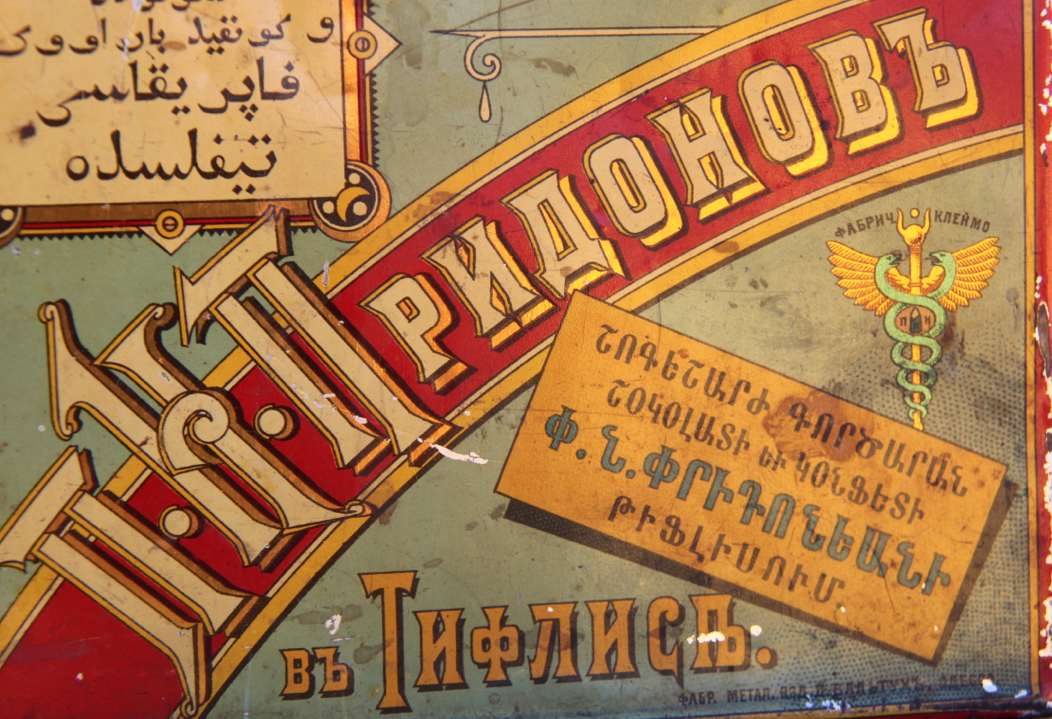
Under the rule of the Qajars, the Erivan Khanate recognized its vassal dependence on Qajar Iran. Later, on the khan's throne, the Ustajlu clan was replaced by the Kangarli Turkic tribe. As a result of the displacement of the Armenian population from Armenia, Armenians by the 18th century accounted for 20% of the total population of the Chukhur-Saad region. After the death of Nadir Shah and the fall of the Afsharov dynasty, local rulers from the Kyzylbash tribe Ustajlu, who were the hereditary rulers of Chukhur-Saad, declared their independence with the formation of the Erivan Khanate. Since the time of Ismail I, it has administratively formed the Chukhur-Saad beglarbek state of the Safavids. Part of the territory of Armenia from the 15th century was also known as Chukhur-Saad. The armies sent to pursue the Shah in 1605 were defeated, and by 1606 Abbas had again conquered the entire territory, which he had previously lost to the Turks. Unable to support his army in the desert plain, Sinan Pasha was forced to spend the winter in Van. Often those who were dying served as food for those who were still alive. Some went to the nearby forests to try to find some food. Many women, hungry and emaciated, left their starving children at the edge of the road and continued their agonizing wanderings. Babies cried, asking for food or milk, but none of this happened, therefore that women's breasts were dry with hunger. The provisions that the deportees took with them soon ran out.

"Not only the winter cold caused torment and death to the deported people. One eyewitness, Father de Guyan, describes the situation of the refugees as follows: This was only the beginning of their ordeal. Earlier, the shah ordered the destruction of the only bridge, and people were forced to pass through the water, where a huge number of people drowned, carried away by the current, and did not reach the opposite bank. Those of them who tried to resist the expulsion were immediately killed. Thus, about 300 thousand people were sent to the banks of the Araks River. And as part of it all, the entire population was ordered to accompany the Persian army in their retreat. To prevent a possible replenishment of the enemy's supplies from this land, Abbas ordered the complete destruction of all cities and rural lands in the plain. An order was given to withdraw the troops. While besieging the city of Kars, he learned about the approach of a large Ottoman army led by Jigazade Sinan Pasha. The Shah followed a cautious strategy: he attacked and retreated depending on the situation, he decided not to risk his campaign in head-on collisions with stronger enemy units. After that, Abbas's army fanned out along the Ararat plain. The city of Julfa in the province of Nakhichevan was taken at the very beginning of the invasion. He summoned his nakharars to him and appointed overseers and guides of the inhabitants of the country from them, so that each prince with his army would evict and expel the population of one gavar." "Shah Abbas did not heed the pleas of the Armenians. Arakel Davrizhetsi, a 17th century author, reports: More than 250 thousand Armenians were deported from Eastern (Transcaucasian) Armenia. In 1604, Abbas I the Great used the scorched earth tactics against the Armenians in the Ararat Valley. "Great Surgun"ĭespite wars, invasions and resettlements, Armenians, quite likely, up until the 17th century, still constituted the majority of the population of Eastern Armenia.

Expulsion of the Transcaucasian Armenians to Persia.


 0 kommentar(er)
0 kommentar(er)
